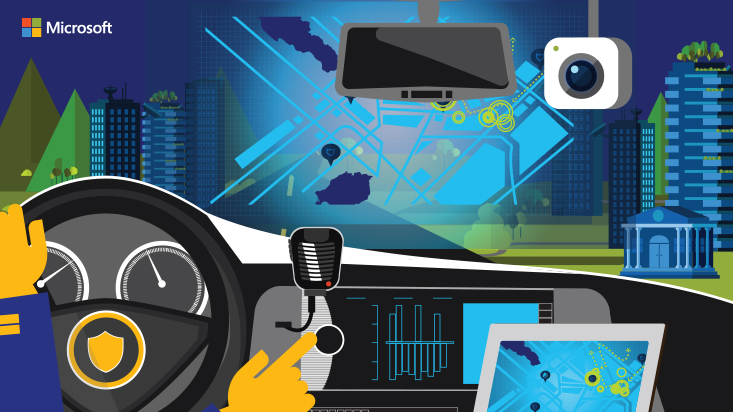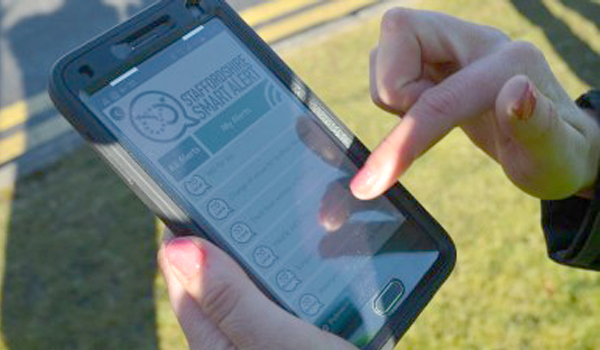Transforming policing with holographic computing
Experts believe holographic computing, which anchors digital images to physical objects in the real world, is just around the corner and the implications for public safety and national security are enormous.
Experts believe holographic computing, which anchors digital images to physical objects in the real world, is just around the corner and the implications for public safety and national security are enormous.
Typically, a hologram is a photographic recording of a light field, rather than of an image formed by a lens, and it is used to display a fully 3D image of the holographed subject.
Sergio Ortega Cruz, worldwide industry solution manager, Public Safety and National Security, at Microsoft, explains that users can manipulate these computer-generated images through physical gesture, eye movements and voice in the same way that they interact with information on their computer screen using a mouse.
Combined with data generated from back-end computer systems and wearable technologies, such as a specially designed optical system, holographic computing can help users to learn more about specific aspects of their environment and then return, better-informed, to the bigger picture, he said.
For law enforcement agencies and the military, this ability has tremendous potential. In a nutshell, it can help police officers and soldiers perform their jobs far more efficiently and accurately, while avoiding life-threatening mistakes.
For example, imagine police officers responding to a 999 call in an unfamiliar neighbourhood. Without ever having to consult a laptop or his patrol car radio, they could be pushed information about their physical surroundings to keep them safer. Perhaps holographic images could be overlaid on houses in which there have been prior arrests. Through subtle eye movements, the officers could call up exact arrest incidents to obtain a better understanding of what precautions they should take when entering. In addition, holographic images could be used to represent the exact locations of back-up officers outside the officers field of vision, helping them to understand the back-up officers exact positions and the directions they are moving.
Writing in a recent blog for Microsoft, he said that as information is pushed to police officers via wearable technology, they will be able drill down into specific aspects of their environment through physical gestures, voice, or eye movements without ever having to take a hand off their weapons.
In addition, holographic computing will eliminate the need for some of the devices police currently carry on their belts, reducing the weight of their equipment and improving their agility, added Mr Cruz.
He said holographic computing also has implications in the area of forensics: When a crime is committed, multiple police officers sweep the crime scene, analysing every piece of evidence the human eye can see. But no matter how skilled the investigators are, its impossible not to miss certain details.
Holographic computing will make it possible to quickly and accurately scan the entire crime scene and turn it into a simulation that combines holographic images with video footage of the environment. As a result, investigators will be able to record every detail of the crime scene and analyse evidence with far greater precision than is possible today.
Mr Cruz said while holographic computing may sound like science fiction, the future is quickly approaching and it is destined to transform the way law enforcement agencies approach their work.
Visit https://www.microsoft.com/en-us/government/blogs/ public-safety-defense/default.aspx#fbid=i1ceL6Wms9u




